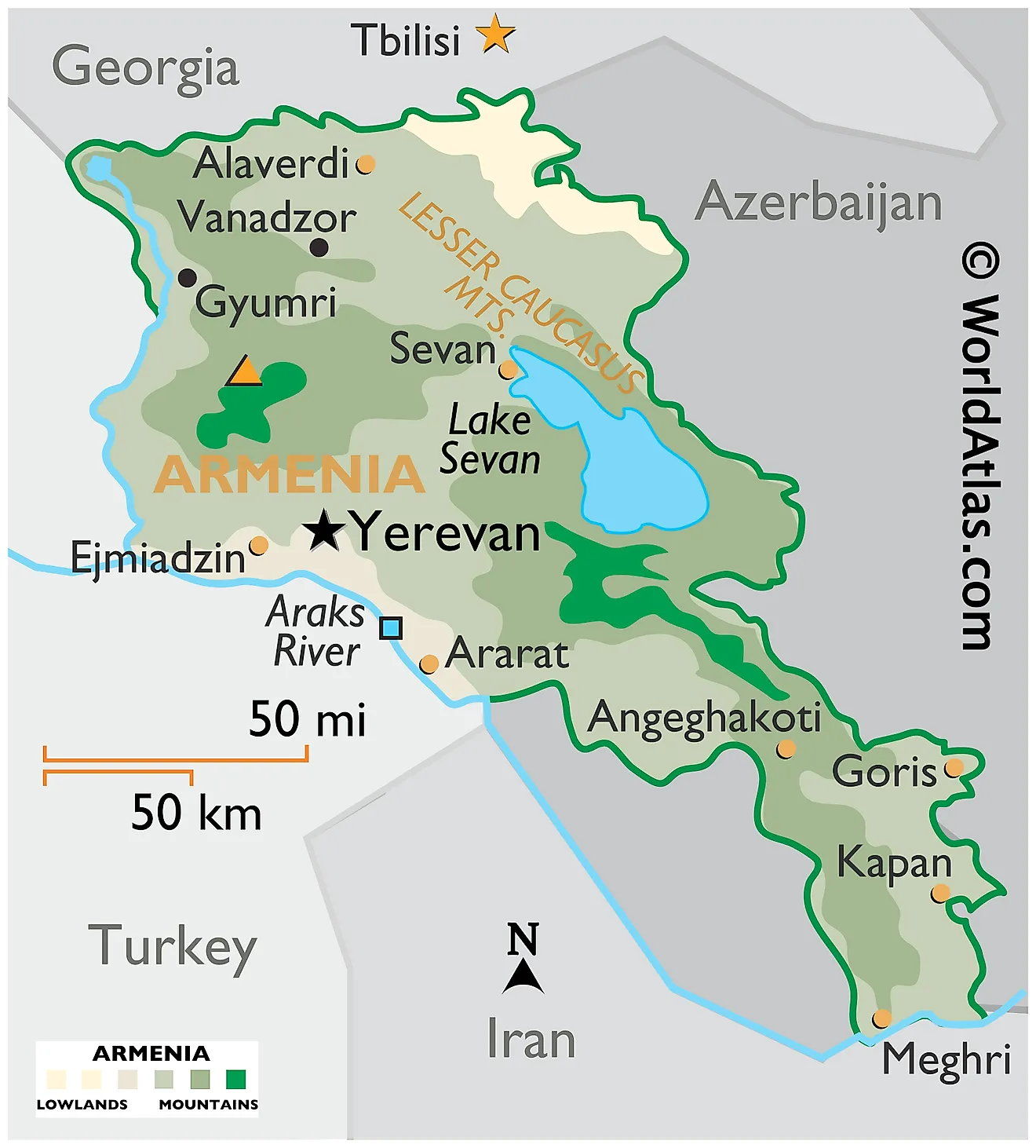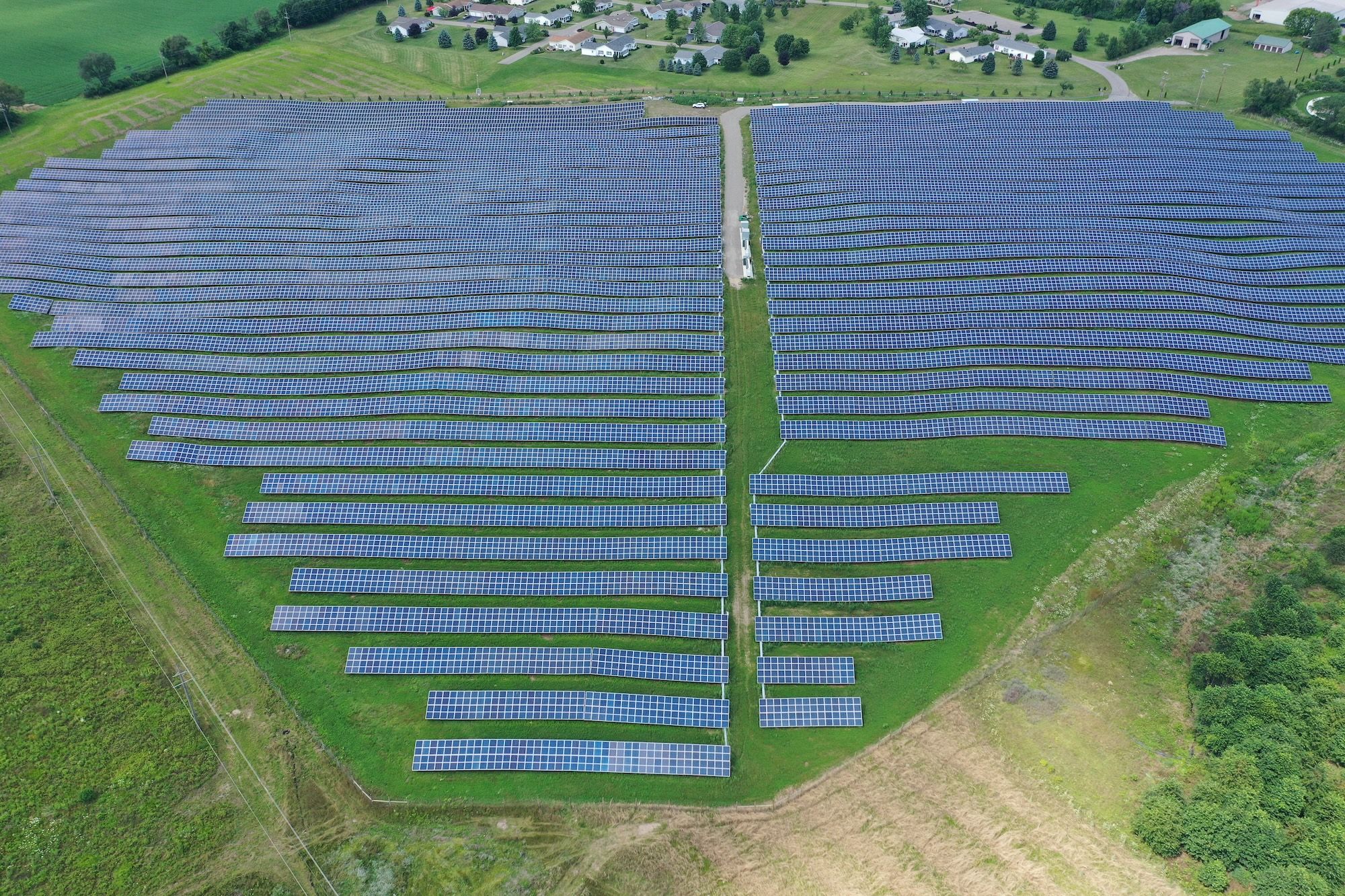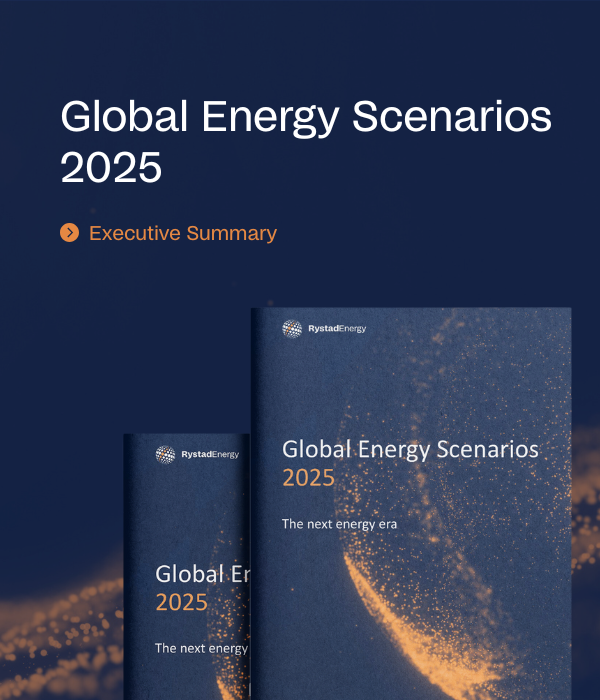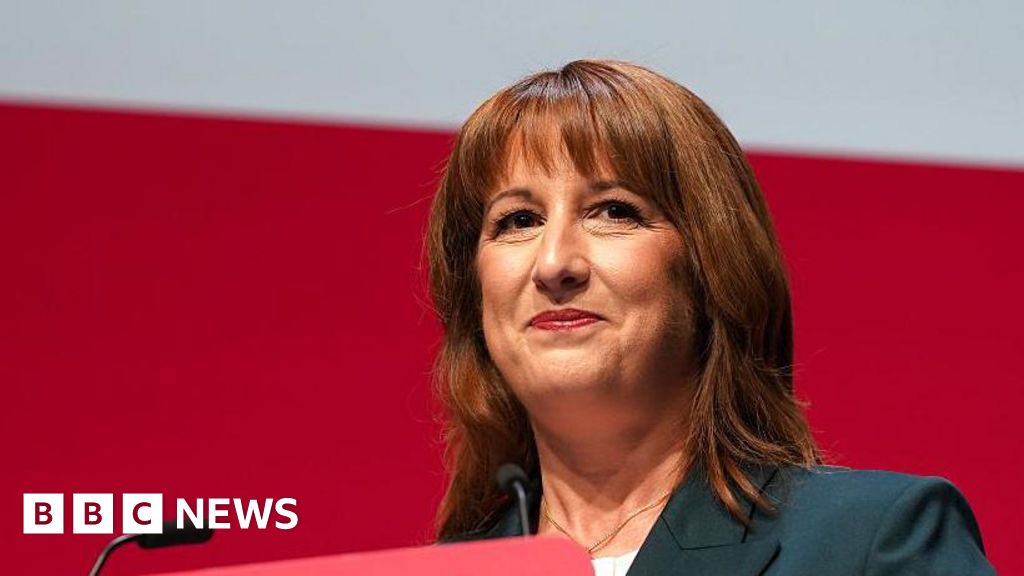The big emitters: which countries are holding back climate action and why? – The Guardian

Report on Global Climate Action Challenges Ahead of COP30
Introduction: The Critical Juncture for Sustainable Development Goal 13
The 30th United Nations Climate Summit (COP30), scheduled to be held in Brazil, represents a critical milestone for international climate negotiations. This conference occurs amidst significant global challenges that directly threaten the achievement of Sustainable Development Goal 13 (Climate Action). The primary objective remains the reinforcement of the Paris Agreement, which compels nations to limit global temperature increases to well below 2°C above pre-industrial levels, while pursuing efforts to cap the rise at 1.5°C.
Geopolitical Obstacles to Global Climate Cooperation
Current geopolitical instability presents substantial barriers to the unified action required to meet SDG targets. These challenges undermine the principles of global cooperation outlined in SDG 17 (Partnerships for the Goals) and peace and stability as prerequisites for sustainable development under SDG 16 (Peace, Justice and Strong Institutions).
- United States Policy Shift: The withdrawal of the U.S. from the Paris Agreement has created a significant void in global climate leadership and commitment, impeding progress on SDG 13.
- Regional Conflicts: The conflict involving Israel and Iran, a major global oil producer, introduces volatility that complicates the global energy transition, a key component of SDG 7 (Affordable and Clean Energy).
- Internal European Union Pressures: Within the EU, a historical leader in climate policy, there is growing internal opposition from member states and political parties advocating for a rollback of emissions standards and environmental regulations. This threatens the bloc’s ability to maintain strong institutional action on climate.
Focus on Major Emitters: A Decisive Factor for SDG Targets
An analysis of the world’s highest-emitting countries is essential, as their national policies and commitments are determinative in the global effort to mitigate climate change. The actions of these nations are directly correlated with the world’s collective ability to achieve SDG 13. A forthcoming series of reports will profile the top ten emitters, as identified by the Global Carbon Budget, to understand the domestic factors influencing their climate policies. The series will begin with an analysis of negotiating strategies with autocratic regimes and a detailed examination of Russia’s role in the global climate landscape.
Strategic Analysis of Top 10 Emitting Nations
A comprehensive review of the following ten countries will be conducted to assess their contributions and impediments to global climate action. This analysis will provide a deeper understanding of the diverse political and economic landscapes that must be navigated to secure meaningful progress at COP30.
- China
- United States
- India
- Russia
- Japan
- Iran
- Germany
- Indonesia
- Saudi Arabia
- South Korea
This examination will seek to understand how progress can be achieved across different governance models, reinforcing the need for inclusive and effective global partnerships as envisioned in SDG 17.
SDGs Addressed in the Article
SDG 13: Climate Action
- The article is centered on the UN climate summit (Cop30), the Paris Agreement’s goals to limit global temperature rises, and the actions of the world’s “biggest emitting countries” regarding their carbon emissions. This directly aligns with the core objective of SDG 13, which is to take urgent action to combat climate change and its impacts.
SDG 17: Partnerships for the Goals
- The article discusses the challenges of international cooperation on climate change, mentioning the UN climate summit, the US pulling out of the Paris Agreement, and the need to negotiate with different political systems (autocracies and democracies). This highlights the importance and difficulties of forming global partnerships to achieve sustainable development, which is the focus of SDG 17.
SDG 7: Affordable and Clean Energy
- The article’s focus on “carbon emissions” and its mention of “global oil superpowers” like Iran and Saudi Arabia implicitly connect to energy. The challenge of reducing emissions is fundamentally linked to transitioning from fossil fuels to cleaner energy sources, a key aspect of SDG 7.
Specific Targets Identified
SDG 13: Climate Action
- Target 13.2: Integrate climate change measures into national policies, strategies and planning. The article directly addresses this by stating it will examine the “plans – constructive or otherwise – for addressing their carbon emissions” of the top 10 emitting countries. It also notes the EU’s struggle with member states wanting to “row back on emissions rules and environmental regulations,” which is a direct reference to national and regional climate policy.
SDG 17: Partnerships for the Goals
- Target 17.16: Enhance the Global Partnership for Sustainable Development. The entire premise of the article, which revolves around the upcoming Cop30 climate summit, embodies this target. The summit is a primary mechanism for the global partnership on climate action. The article underscores the fragility of this partnership by citing the US withdrawal from the Paris Agreement.
- Target 17.14: Enhance policy coherence for sustainable development. The article highlights a lack of policy coherence, describing how the US has “pulled out of the Paris agreement” and how parties in the EU “want the bloc to row back on emissions rules,” which contradicts the global goals agreed upon in international forums like the Cop summits.
SDG 7: Affordable and Clean Energy
- Target 7.a: Enhance international cooperation to facilitate access to clean energy research and technology. While not explicitly stated, the context of international climate negotiations (Cop30) and the need for “constructive” plans from major emitters implies this target. Reducing emissions for “global oil superpowers” and other major economies necessitates international cooperation on transitioning to clean energy technologies.
Indicators Mentioned or Implied
Indicators for SDG 13
- Carbon Emissions: The article explicitly refers to “carbon emissions” and identifies the “world’s biggest emitting countries” based on data from the “Global Carbon Budget.” This serves as a direct indicator for measuring the scale of the climate problem and the progress of national mitigation efforts.
Indicators for SDG 17
- Adherence to International Agreements: The article uses participation in the Paris Agreement as a key indicator of partnership and commitment. The mention of the “US has pulled out of the Paris agreement” is presented as a significant setback for global cooperation, making adherence to such agreements an implied indicator of the strength of global partnerships.
Summary of SDGs, Targets, and Indicators
| SDGs | Targets | Indicators |
|---|---|---|
| SDG 13: Climate Action | 13.2: Integrate climate change measures into national policies, strategies and planning. | Carbon Emissions: The article refers to the “world’s biggest emitting countries” and their “carbon emissions” as a central theme. |
| SDG 17: Partnerships for the Goals | 17.16: Enhance the Global Partnership for Sustainable Development.
17.14: Enhance policy coherence for sustainable development. |
Adherence to International Agreements: Implied by the discussion of the US pulling out of the Paris Agreement and the importance of the UN climate summit (Cop30). |
| SDG 7: Affordable and Clean Energy | 7.a: Enhance international cooperation to facilitate access to clean energy research and technology. | Reliance on Fossil Fuels (Implied): The mention of “global oil superpowers” like Iran and Saudi Arabia implies that their energy systems are a key part of the emissions problem. |
Source: theguardian.com

What is Your Reaction?
 Like
0
Like
0
 Dislike
0
Dislike
0
 Love
0
Love
0
 Funny
0
Funny
0
 Angry
0
Angry
0
 Sad
0
Sad
0
 Wow
0
Wow
0
































_1.png?#)











































